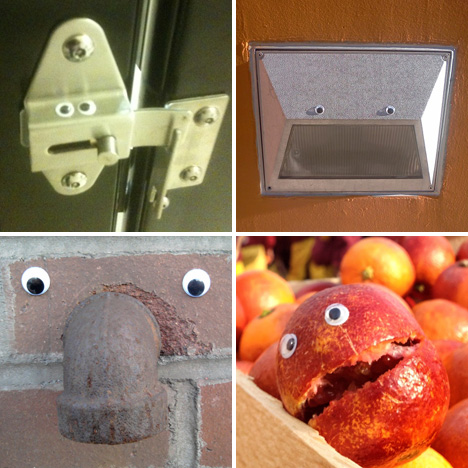
Core77 is headed to Design Indaba in South Africa, where we'll be on-hand to cover the international debut of the social innovators from COMMON. Here's our guide to everything you need to know about the next big thing and "doing shit that matters."
So what exactly is COMMON?
COMMON is a "creative community for accelerating social change...under a unified and collaborative brand." According to co-founder John Bielenberg, whom we last heard speak at ABWBD, the original idea was to provide a more engaging platform to help social entrepreneurs pursue their projects. Instead of merely incubating these rising stars, the platform would take a page out of the Virgin Group's book and "create a global brand called COMMON" as an umbrella for all of these separate ventures. COMMON takes the idea of a corporation and turns it on its head. "Corporations rival nations in power," says Bielenberg, "So what if you embedded good core values into capitalism? This could drive positive change, not just accumulate value."
Who's behind COMMON?
Well, there's John Bielenberg, who is best known as the tour-de-force behind "thinking wrong" and Project M, which puts young designers and creatives into under-served communities to create change. There's also husband and wife duo Alex and Ana Bogusky who, along with friend Rob Schuham, founded the FearLess Revolution (and Cottage) in Boulder, CO, which serves as home base for COMMON.


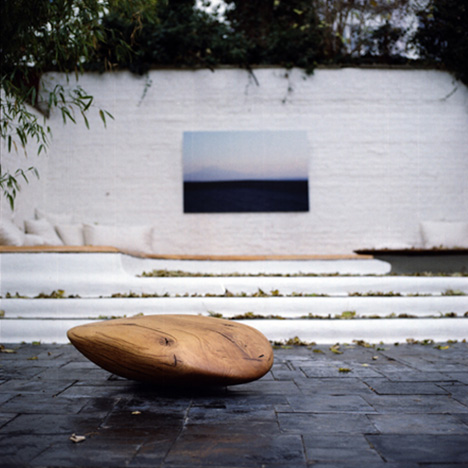 Photo by Jonas Löllman
Photo by Jonas Löllman Photo by Jonas Löllman
Photo by Jonas Löllman









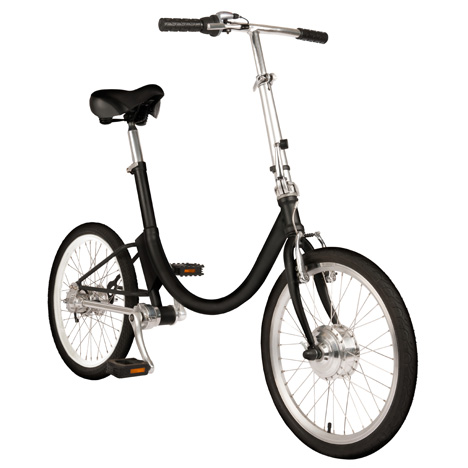
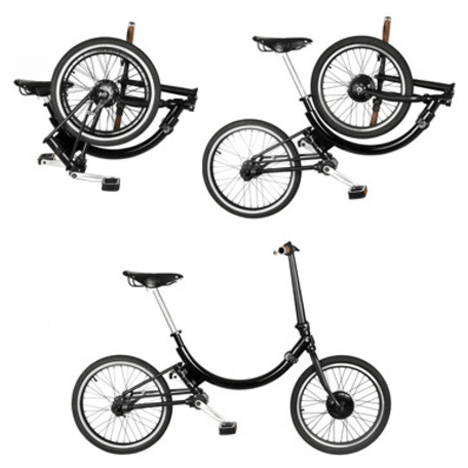


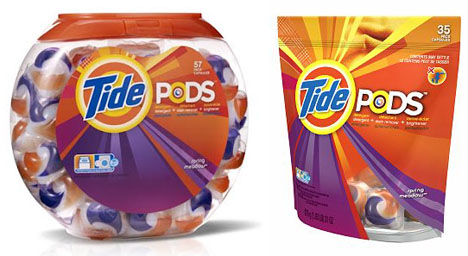






 Modern-day mold with "pebbling" for texture
Modern-day mold with "pebbling" for texture






 click to enlarge
click to enlarge















